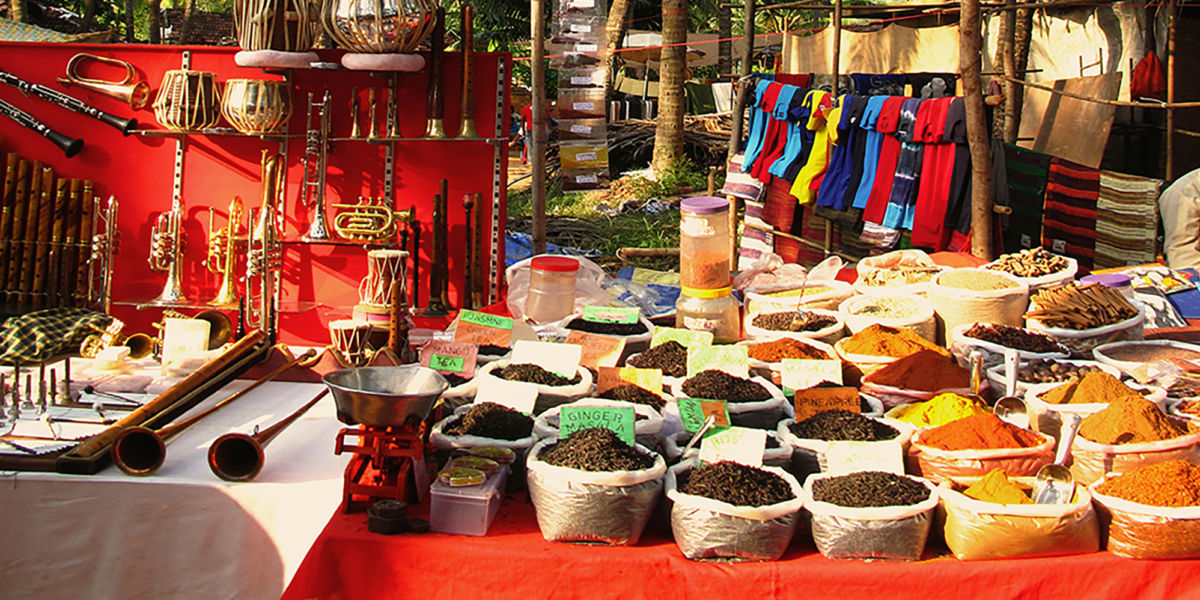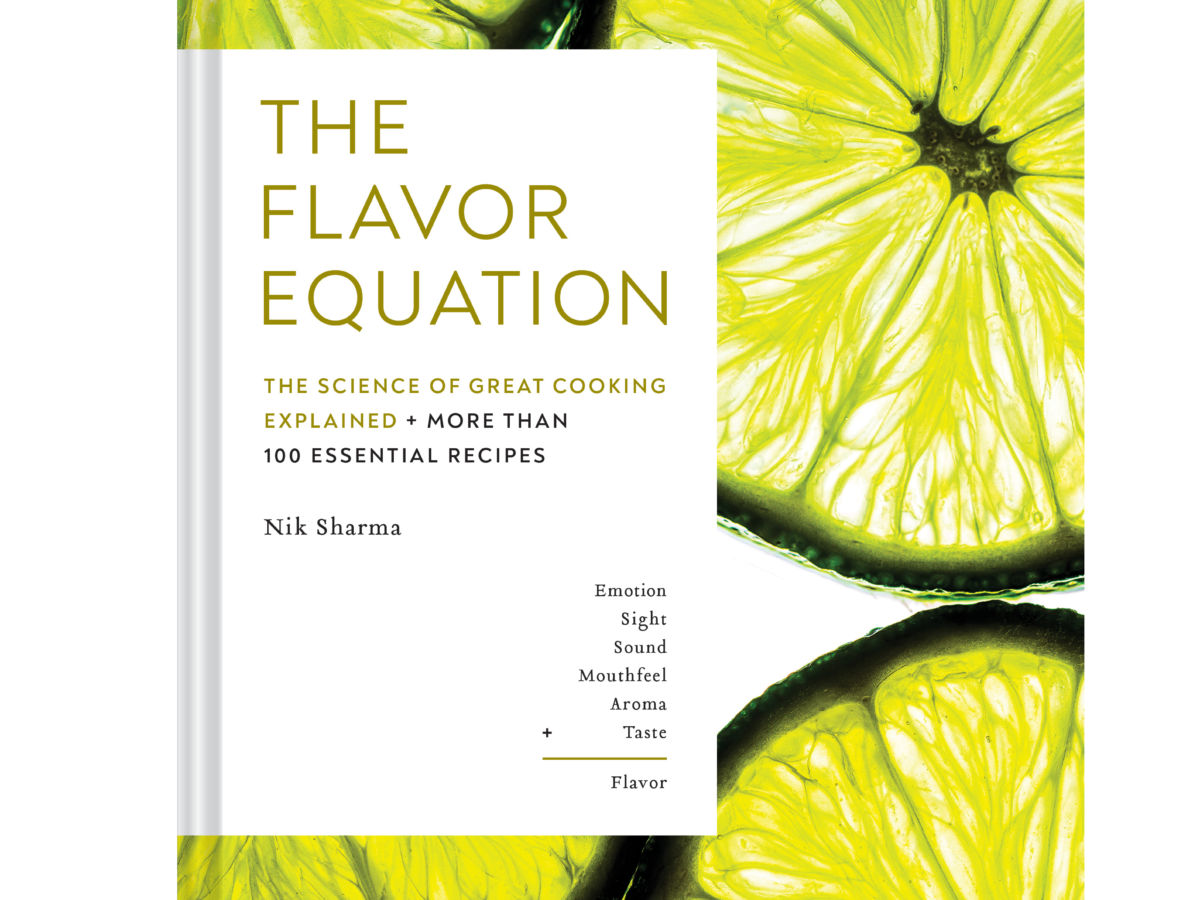
A California Chef’s Modern Take on Indian Cuisine in America, Regional Representation, and Recipes for You to Try at Home
Indian food is way more than the typical menu items we see across the U.S.

Jodie Griggs
Indian food has long been a personal favorite of mine. Growing up in the Bay Area I would frequent Viks Chaat and order dosas, biryanis, mango lassis, and leave with a cone of henna from the Indian market that was connected to the busy traditional eatery. Though now as I look back, I wonder what I really meant all of those times I referred to Vik’s as “traditional”. I figure I intended to refer to a food that takes origin from somewhere and is made following practices that embody those origin’s faith or culture. If I apply that logic in reference to Indian food, then I would call Viks a traditional chaat-style restaurant that highlights a specific form of street food from Bombay which is located on India’s West Coast. It is not a blanket representation of Indian food, it is food from one of the regions of India, as there are many spanning the 1.269 million miles that make up the South Asian country.
When it comes to Indian traditions, there are so many more than a few dishes, holidays, or regions to consider. As I noticed Holi coming up on my calendar, I began to wonder what a menu might look like to celebrate the Hindu holiday, also known as the festival of colors that takes place to mark the beginning of Spring. In order to bring a few Indian-inspired dishes to the Sunset site and answer my own questions as I define tradition and traditional fare, I chatted with Nik Sharma, food writer, photographer, cookbook author, and recipe developer based out of Los Angeles, California.
Sharma has published two cookbooks, Season: Big Flavors, Beautiful Food, and most recently The Flavor Equation, which focuses on the science of flavor and how we interact with it. Born in Bombay, India, he made his way to America to study molecular genetics before transitioning to cooking; he first gained popularity through his now award-winning blog A Brown Table and now works as a food columnist for The San Francisco Chronicle.

Courtesy of Chronicle Books
Sharma starts out our conversation by giving me a little bit of background on his faith and food growing up, “I’m mixed by faith, my mom’s Catholic and my dad’s Hindu so I grew up celebrating more of the Catholic side of festivals like Christmas and Easter. But because my dad is Hindu I grew up celebrating not all, but some of the Hindu festivals like Devhali and Holi”. Holi is most commonly known for the colorful pigments thrown in the air and on people as they celebrate in the streets. Similarly to Devhali, Holi celebrates good triumphing evil, something people across the country regardless of faith are excited to take part in.
While faith plays a part in what determines a “traditional” meal in an Indian household as to whether or not meat is consumed, geography also does. “In tons of restaurants [in America] the menus are quite limited and narrow minded in what they offer people. Like chicken tikka masala, samosas, naan, those things are really pushed forward but when you go to Indian, there are so many different states. They’re all governed by not only different faiths and cultures but by geography, certain ingredients are available in some places but not in other parts and that’s when the landscape of the food changes.” Sharma tells me, “You’ll see rice is very common in the South and wheat is much more popular in the North, so you start to see these kinds of influences play out. I feel like South Indian food is gaining traction in America so you see like dosa and idlis being served but that is still so limited. My mother is Goan and her family is Goan and their food is very coastal and meat and fish-based, a lot of coconut and curry leaves. I still don’t see those kinds of dishes on menus here so in that sense I feel like we’re missing out on the fun nature of Indian food which is so diverse. I feel like we miss out on a lot of that by defining it in one way.”
